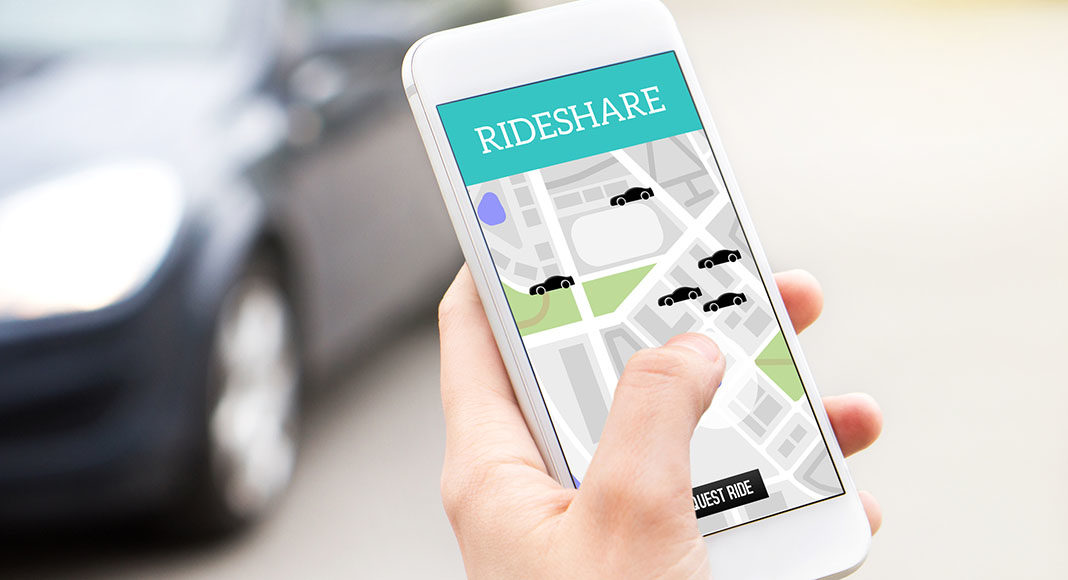Ride-hailing services are associated with an increase of approximately three percent in the number of motor vehicle fatalities and fatal collisions, according to research from the University of Chicago Booth School of Business.
The researchers used the staggered roll-out dates from Uber and Lyft to review the eight quarters before and after ride-hailing adoption in large US cities from 2001 to 2016—analyzing traffic volume, transportation choices and incidents to arrive at their conclusion.
The documented increase in collisions appears to persist and even increase over time, and that rate has stayed steady through weekdays, weeknights, weekend days and weekend nights, according to John Barrios, assistant professor at Chicago Booth, and Yale V. Hochberg and Hanyi Yi, both of Rice University, in the working paper, The Cost of Convenience: Ridehailing and Traffic Fatalities.
In 2010 the number of roadway deaths in the US stood at 32,885 (the lowest level since 1949), increasing to more than 37,400 in 2016. According to the study authors, the introduction of ride-hailing services in 2011 accounts for roughly three percent annual increase in auto deaths nationwide, or 987 people each year.
The researchers highlight the following theories about ride-hailing’s apparent contribution to the growth in traffic fatalities:
- Ride-hailing has put more cars on the road
- Larger cities saw a rise in new-car registrations when ride-hailing was available
- Ride-hailing companies keep large numbers of cars on the roads so they can get to riders quickly and therefore subsidize drivers to stay on the road between fares, resulting in higher traffic volumes
Read the research brief here.



















